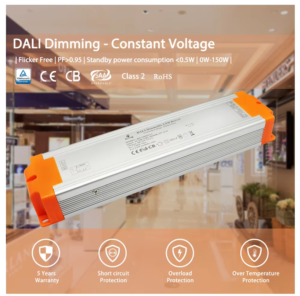TRIAC dimmers are key in modern lighting systems. They offer a simple and reliable way to control light. Understanding how they work can help you make informed decisions for your home or office lighting. This guide is about TRIAC dimmers. It covers their basic principles and their advantages. It also compares them to other dimming technologies.
A TRIAC dimmer is an electronic device. It is used in phase-cut dimming to adjust the brightness of incandescent, halogen, and some types of LED lights. It controls the power delivered to the light source, allowing for smooth and reliable dimming. TRIAC stands for “Triode for Alternating Current,” which refers to the electronic component that manages the power flow.
Let’s dive deeper into TRIAC dimmers. We will explore their types, how they work, and how they compare to other dimming technologies. Knowing these details will help you make informed decisions. It's about lighting controls in different settings.
What are TRIAC Dimmers?
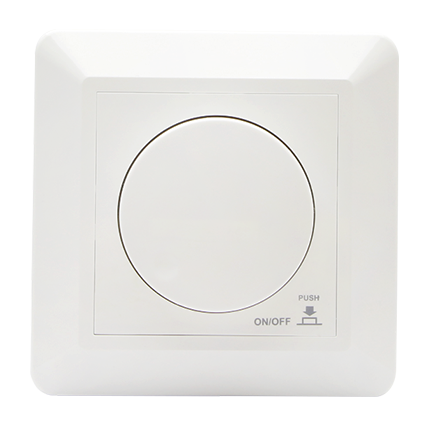
TRIAC dimmers are a type of phase-cut dimmer. They control light brightness by adjusting the power sent to the light. "TRIAC" stands for "Triode for Alternating Current." It is a semiconductor that can control current in both directions. This makes it ideal for AC circuits. TRIAC dimmers are most commonly used with incandescent, halogen, and some LED lighting. They work by chopping a portion of the AC voltage waveform, which reduces the power reaching the light bulb, thereby dimming the light.
These dimmers are particularly valued for their simplicity and cost-effectiveness. They are widely available and easy to install. This makes them popular for home lighting. However, their effectiveness can vary depending on the type of light bulb used. For instance, they work well with incandescent and halogen lights. But, they can have issues with LEDs. This can cause problems like flickering or buzzing. Despite these challenges, TRIAC dimmers are still a staple in lighting control. This is especially true for those who prioritize simplicity and affordability.
Types of Dimmer Switches
There are several types of dimmer switches available, each with its own method of controlling light intensity. Understanding these differences can help you choose the best dimmer for your needs. The most common types include:
- TRIAC Dimmers: These are the most commonly used dimmers for incandescent and halogen lights. They work by phase-cutting the AC voltage, which means they control the brightness by chopping off a portion of the electrical wave. This makes them straightforward and cost-effective but potentially problematic with certain LED bulbs.
- PWM (Pulse Width Modulation) Dimmers: PWM dimmers control the brightness of lights by rapidly switching them on and off. The light appears dimmer because it spends more time off than on. This method is especially effective for LED lights, providing smooth dimming without flickering. However, PWM dimmers are more complex and typically more expensive than TRIAC dimmers.
- Peredup 0-10V: These are used primarily in commercial lighting applications. They send a low voltage signal (ranging from 0 to 10 volts) to the light fixture to control its brightness. The simplicity and precision of 0-10V dimming make it ideal for environments where exact light control is necessary, but it requires compatible fixtures and can be more costly to implement.

Each type of dimmer has its own set of advantages and potential drawbacks. For residential use, TRIAC dimmers are often sufficient and economical. In contrast, PWM and 0-10V dimmers are better for applications where you need finer control and compatibility with modern lights.
Bagaimana Cara Kerja Peredup TRIAC?
A TRIAC dimmer works by phase-cutting the AC voltage waveform. This process involves several steps to ensure smooth and effective dimming:
- Phase Cutting: The dimmer chops off a portion of the AC sine wave. By varying the point at which the wave is cut, the dimmer can control how much power reaches the light bulb. This is known as phase-cutting, and it can be done at the beginning (leading edge) or end (trailing edge) of the waveform.
- TRIAC Operation: The TRIAC is triggered at a specific point in the AC cycle. Once triggered, it allows current to flow through the light bulb until the next zero-crossing of the AC waveform. The timing of this triggering determines the brightness of the light.
- Brightness Control: By adjusting the triggering point, the dimmer can control the brightness. The earlier in the cycle the TRIAC is triggered, the brighter the light will be. Conversely, the later it is triggered, the dimmer the light will be. This method provides a simple way to adjust lighting levels. But, it requires compatible light bulbs to avoid issues like flickering.
- Compatibility with Light Bulbs: Not all light bulbs are designed to work with TRIAC dimmers. Incandescent and halogen bulbs generally perform well. But, LED bulbs can be hard due to their different electricity traits. Some modern LEDs are designed to be compatible with TRIAC dimmers, but it’s essential to check the specifications before use.
There are 2 dimming types of the TRIAC dimmers, like forward phase and reverse phase dimming.
Forward Phase Dimming
Forward phase dimming, also known as leading-edge dimming, is the most common type of phase-cut dimming used in residential applications. This method works by cutting the front part of the AC sine wave, effectively reducing the power delivered to the light source.
How it Works:
- Initial Cut: The TRIAC dimmer cuts off the leading edge of the AC sine wave. The TRIAC remains off until the voltage reaches a certain threshold.
- Trigger Point: Once the threshold is reached, the TRIAC turns on and allows current to flow until the end of the half-cycle.
- Repetition: This process repeats for every AC cycle, controlling the amount of power delivered to the light and thereby dimming it.
Keuntungan:
- Kompatibilitas: Works well with incandescent and halogen bulbs, which are common in many households.
- Simplicity: Forward phase dimmers are generally simpler and more cost-effective to produce.
Kekurangan:
- LED Issues: May cause flickering or buzzing when used with LED lights not specifically designed for forward phase dimming.
- Limited Control: Provides less smooth dimming compared to reverse phase dimmers, especially at lower brightness levels.
Reverse Phase Dimming
Reverse phase dimming, also known as trailing-edge dimming, is more commonly used with modern lighting technologies such as LEDs and certain types of compact fluorescent lights (CFLs). This method works by cutting the end part of the AC sine wave.
How it Works:
- Initial Full Wave: The dimmer allows the full AC sine wave to pass initially.
- Cut-off Point: It then cuts off the trailing edge of the sine wave, reducing the power delivered to the light source.
- Controlled Turn-Off: The dimmer turns off the current flow towards the end of the AC cycle.
Keuntungan:
- Smooth Dimming: Provides smoother dimming transitions, which is especially beneficial for LED lights.
- Reduced Noise: Typically causes less buzzing and flickering in LEDs compared to forward phase dimmers.
Kekurangan:
- Biaya: More complex and typically more expensive than forward phase dimmers.
- Kompatibilitas: While better for LEDs, they might not be compatible with all types of traditional incandescent or halogen bulbs.
Understanding the differences between forward phase and reverse phase dimming can help you choose the best dimmer switch. It will fit your specific lighting needs.
These principles can help you troubleshoot common issues and ensure your lighting system works as intended. TRIAC dimmers offer a reliable way to control lighting levels. But, their performance can depend on the specific features of the bulbs used.
Pros and Cons of a TRIAC Dimmer
Pros:
- Cost-Effective: TRIAC dimmers are generally affordable and widely available. They offer a cheap way to control light intensity. This makes them accessible for most homes.
- Kompatibilitas: They work well with incandescent and halogen lights. These bulbs respond predictably to TRIAC dimmers. TRIAC dimmers use the phase-cutting method. The bulbs dim smoothly and consistently.
- Simplicity: Easy to install and use. TRIAC dimmers have a simple design. This makes them popular with homeowners. They want to add dimming without complicated setups.
Cons:
- Compatibility Issues with LEDs: Not all LED lights are compatible with TRIAC dimmers, which can lead to flickering or buzzing. LED technology operates differently from incandescent and halogen bulbs, sometimes resulting in performance issues when paired with TRIAC dimmers.
- Limited Dimming Range: They may not provide a smooth dimming range with certain types of bulbs. Some lights might suddenly jump in brightness, not transition smoothly. This happens at lower light levels.
- Heat Generation: TRIAC dimmers can generate heat, especially when used with high-wattage bulbs. This can lead to inefficiencies and, in some cases, reduced lifespan of the dimmer or bulb.
Overall, TRIAC dimmers offer a practical solution for many lighting applications. But, they need careful consideration of the bulb types used and potential compatibility issues. They are simple and cheap, so they are popular. But, newer technologies may perform better with modern lighting.
Solusi Peredupan Kelas Konsumen - TRIAC vs PWM vs 0-10v
When choosing a dimming solution, it’s important to understand the differences between TRIAC, PWM, and 0-10V dimmers. Each technology has its own advantages and is suited for different applications:
TRIAC Dimmers:
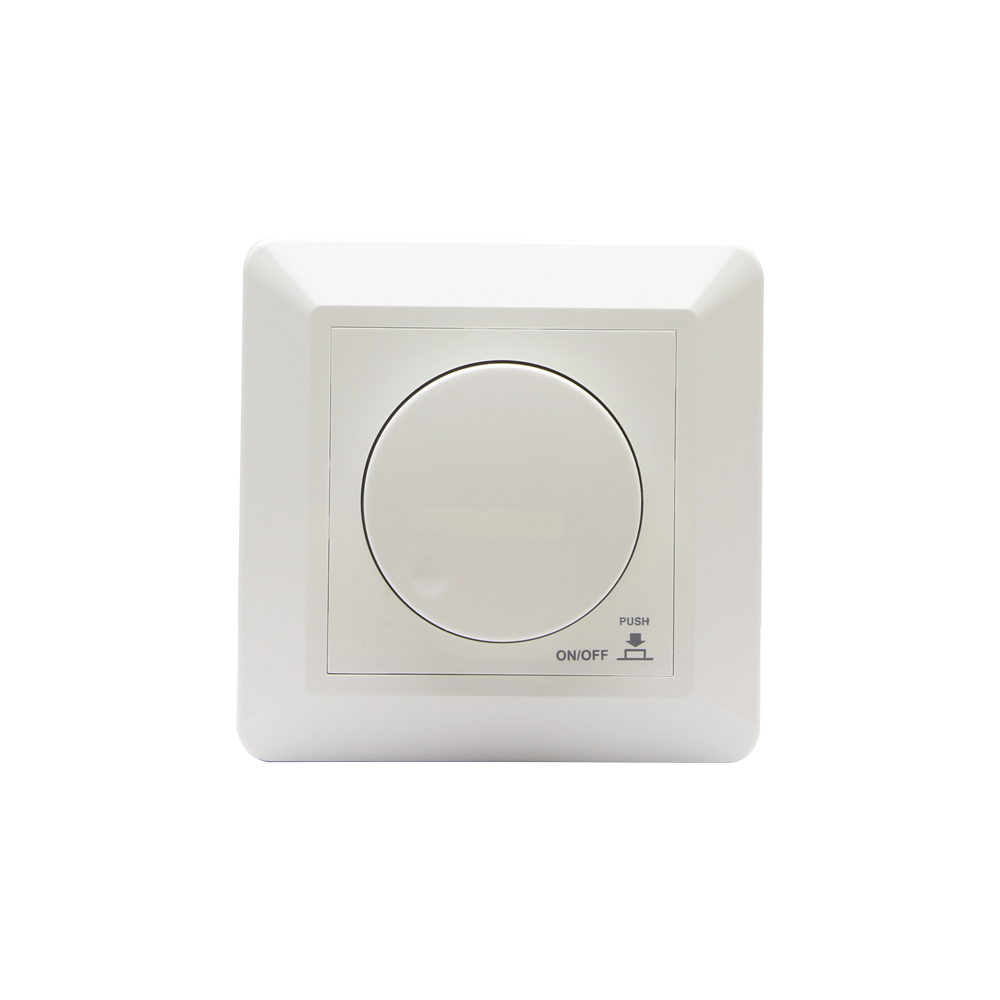
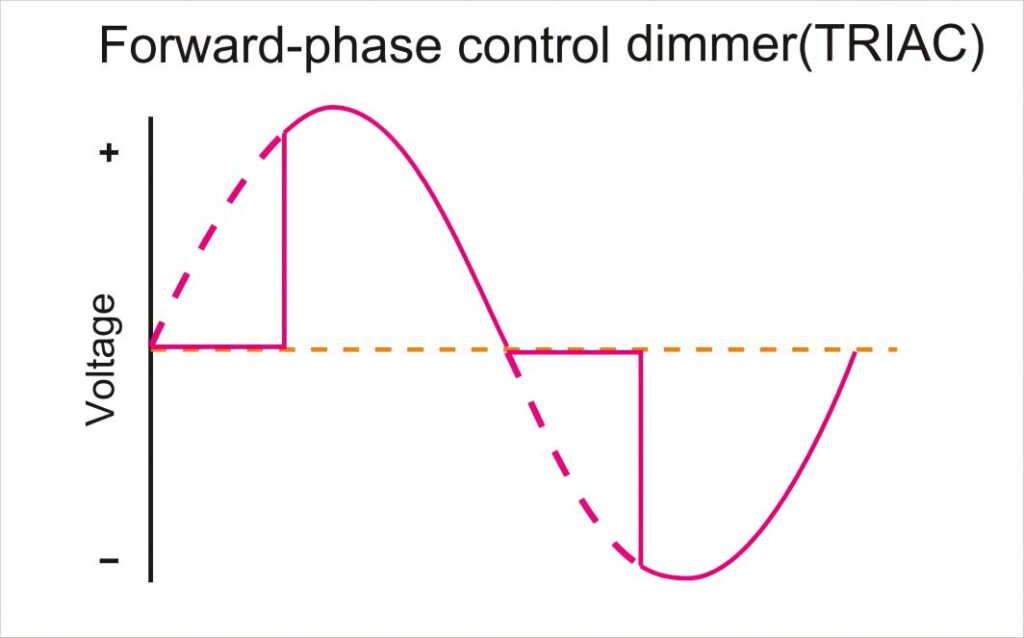
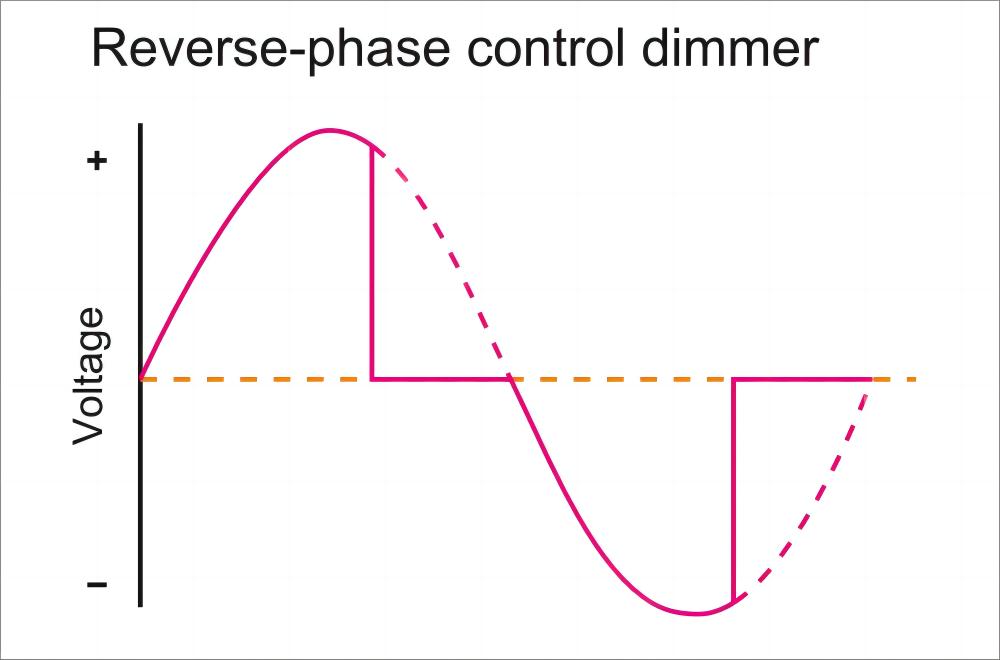
- Best for incandescent and halogen lights. These traditional bulbs respond well to the phase-cutting method used by TRIAC dimmers. It provides a reliable and simple dimming solution.
- May have compatibility issues with LEDs. While some LEDs are designed to work with TRIAC dimmers, others may flicker or buzz due to differences in how they handle electrical power.
- Simple and cost-effective. TRIAC dimmers are common and easy to install. They are a popular choice for homes. Homes care about budget and simplicity.
PWM Dimmers:

- Suitable for LED lights. PWM dimmers control brightness by rapidly switching the light on and off, a method that works well with the electronic drivers used in LED bulbs.
- Provides smooth dimming. The rapid switching allows for fine control over light intensity. This results in smooth dimming without the flickering seen with TRIAC dimmers.
- More complex and expensive than TRIAC dimmers. The technology behind PWM dimming is more advanced, leading to higher costs and more complex installation requirements. However, the improved performance can justify these drawbacks for users prioritizing quality.
Peredup 0-10V:
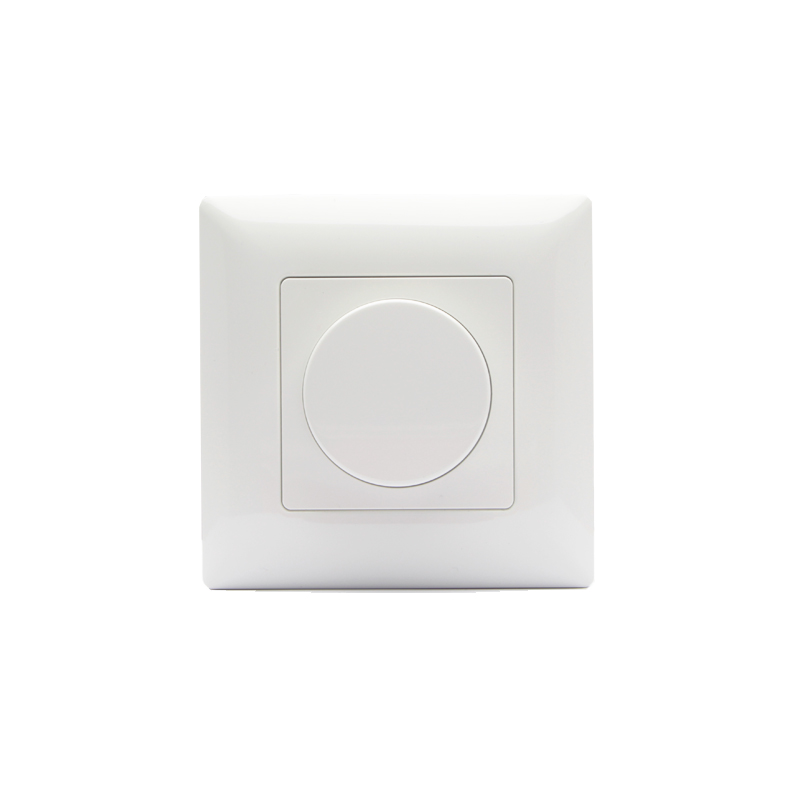
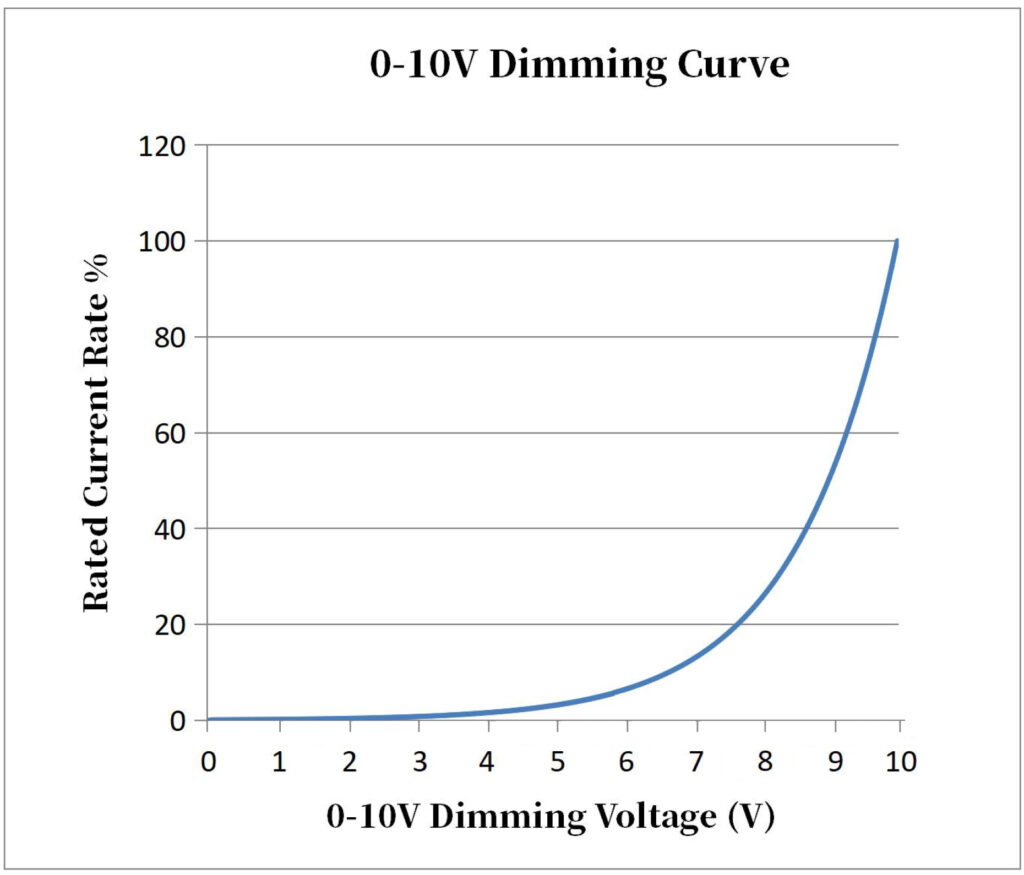
- Ideal for commercial lighting applications. The 0-10V standard allows for precise control over lighting, making it suitable for environments where specific light levels are required.
- Provides precise control over light intensity. This dimming is highly adjustable. It allows for exact settings. These settings can improve both function and energy efficiency in commercial spaces.
- Requires compatible light fixtures and wiring. Implementing a 0-10V dimming system can be more costly and complex due to the need for specialized fixtures and additional wiring. However, the benefits in terms of control and flexibility often outweigh these initial setup costs.
Choosing the right dimming technology depends on your lighting's needs. TRIAC dimmers are simple and affordable. PWM dimmers work well with LEDs. 0-10V dimmers offer precise control for commercial use.
Industrial Grade Alternatives to TRIAC Dimmer
For industrial applications, more robust dimming solutions are required. These alternatives to TRIAC dimmers provide enhanced control and flexibility, catering to the specific needs of industrial environments:
- DALI (Digital Addressable Lighting Interface): DALI is a digital protocol used for lighting control that allows for precise and flexible management of individual lights or groups of lights. DALI systems can control many things about lighting. They can control the intensity, color, and timing. This gives them comprehensive control over large lighting setups. This makes them ideal for factories. In factories, precise lighting control is needed for productivity, safety, and energy efficiency.
- DMX (Digital Multiplex): Commonly used in stage lighting and theatrical applications, DMX systems provide high levels of control and customization. They can control many lights at once. This lets them create complex lighting scenes and effects. In industry, DMX can control intricate lighting. This is useful in warehouses, factories, and outdoor lighting.
- Smart Lighting Systems: These systems use wireless technology and smart controls to provide advanced lighting control and automation. Smart lighting systems can connect to building management systems. They offer remote control, scheduling, and energy monitoring. They are particularly useful in industrial settings where flexibility and scalability are essential. Smart systems can adapt to changing needs. They can provide data-driven insights to improve lighting.
Each of these industrial-grade solutions offers unique benefits. They are tailored to the needs of large and complex lighting installations. Choosing the right system helps industrial facilities. It lets them achieve better efficiency, flexibility, and control over their lighting.
Solusi Peredupan Mana yang Terbaik untuk Lampu Anda?
Choosing the right dimming solution depends on many factors. These include the type of lights you use, your budget, and your needs. Here are some guidelines to help you decide:
- For Home Use: TRIAC dimmers are a good choice for incandescent and halogen lights due to their simplicity and affordability. For LED lights, ensure you choose a compatible TRIAC dimmer or consider a PWM dimmer for better performance. If your lighting setup is straightforward, a TRIAC dimmer can provide an easy and cost-effective solution.
- For Commercial Use: 0-10V dimmers are ideal for commercial lighting applications where precise control and consistency are required. They offer smooth dimming and can handle the demands of large commercial spaces. These dimmers are great for offices and retail spaces. They are also for other places where precise lighting is key for both function and energy savings.
- For Industrial Use: Consider using DALI or DMX systems for advanced control and flexibility. These systems provide full control over large, complex lighting setups. They are good for industrial facilities that need detailed lighting management. Smart lighting systems can also be a good choice. They offer remote control and automation. These features improve operational efficiency.
Picking the right dimmer makes sure your lighting works well. It meets your environment's needs. Consider the light type, the setting, and your control needs. This will let you choose well and boost both function and efficiency.
Kesimpulan
Understanding TRIAC dimmers can help you choose the best lighting control. You can use them to find the right one for your environment. Dimmer switches are key for home and industrial use. Picking the right one ensures the best lighting and energy efficiency. Consider the type of lights you are using and your needs. Then, you can make a smart choice that improves your lighting. The right dimmer improves the ambiance and usability of your space. It also saves energy and helps your lighting last.
Get Best In Class Peredup TRIAC dari boqi
If you’re looking for a versatile and efficient dimming solution, consider the BQ-TTLDIM dimmer from Boqi. This innovative dimmer offers a range of features designed to enhance your lighting experience:
- Rotary Dimming: Adjust the brightness easily with the rotary panel. It gives intuitive control over your lighting.
- Leading Edge or Trailing Edge: This dimmer supports both leading and trailing edge dimming. It works with a wide range of light bulbs, including dimmable LED lamps, old incandescent, and halogen lights.
- Wireless Remote Control: Enjoy the convenience of adjusting your lights remotely with Boqi’s 2.4G dimming remote control. It adds modern convenience to your lighting setup.
- Experience smooth dimming: It has 256 levels and ranges from 0-100%. This allows for precise control over your lighting.
- Wide Input Voltage: The dimmer supports a wide input voltage range from AC100-240V, making it suitable for various applications worldwide.
- Advanced Protection: Built-in over-heat and over-load protection ensures safe operation and extends the lifespan of your dimming system. The dimmer recovers automatically from overload conditions.
- Durability: Durability is key. The BQ-TTLDIM dimmer has a 5-year warranty. It offers reliability and peace of mind. It ensures you'll be happy with your purchase for a long time.
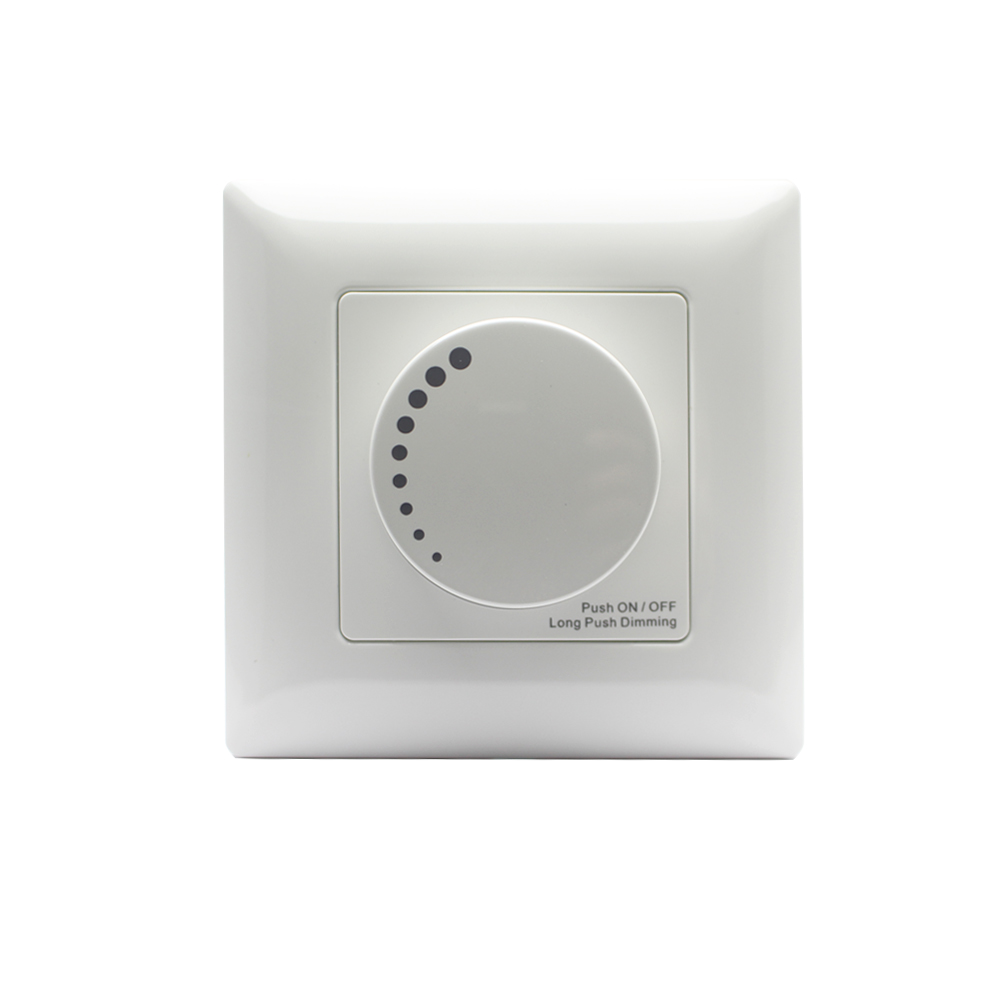
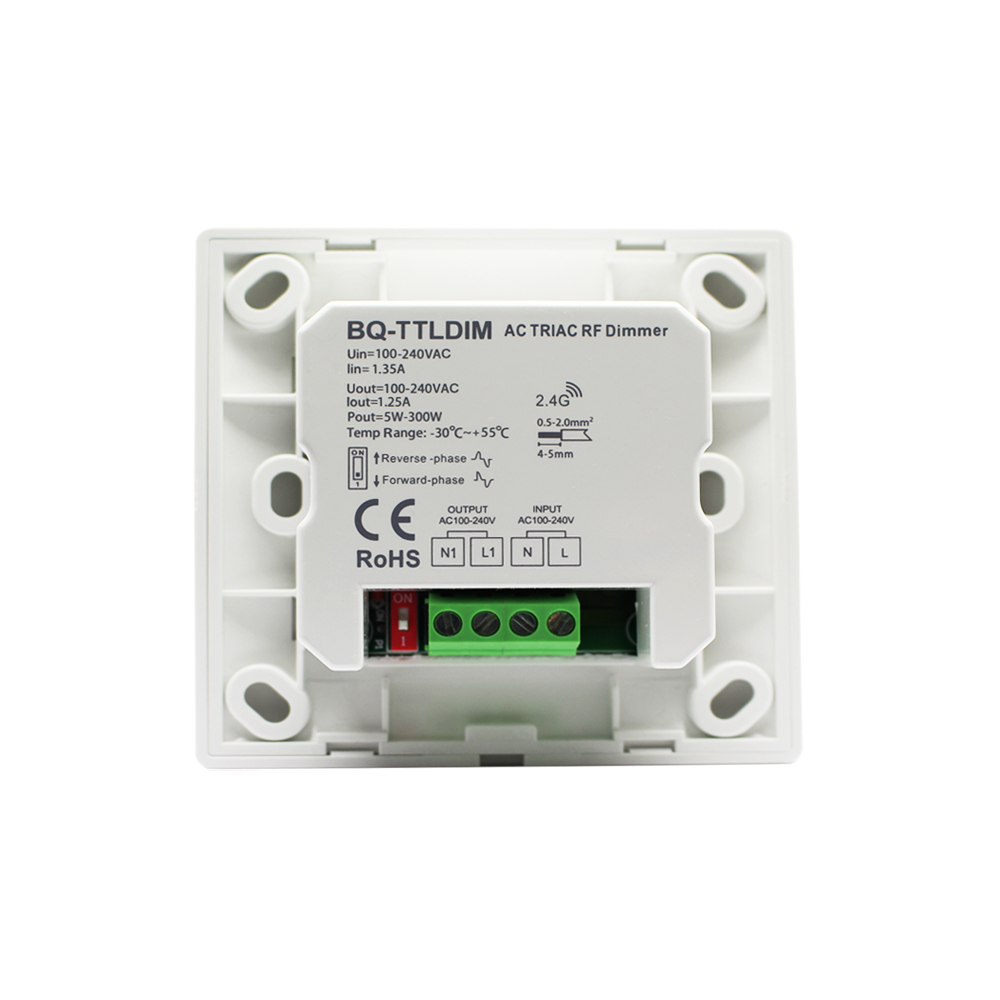
Get the BQ-TTLDIM dimmer. It will upgrade your lighting control. You'll get better functionality, convenience, and efficiency at home or work.




